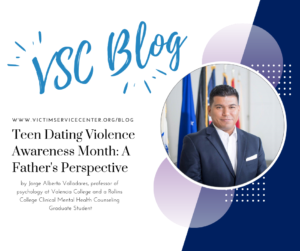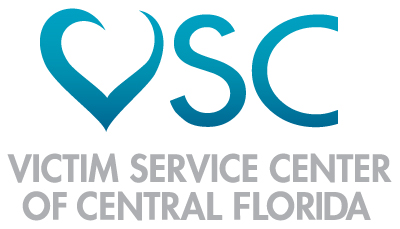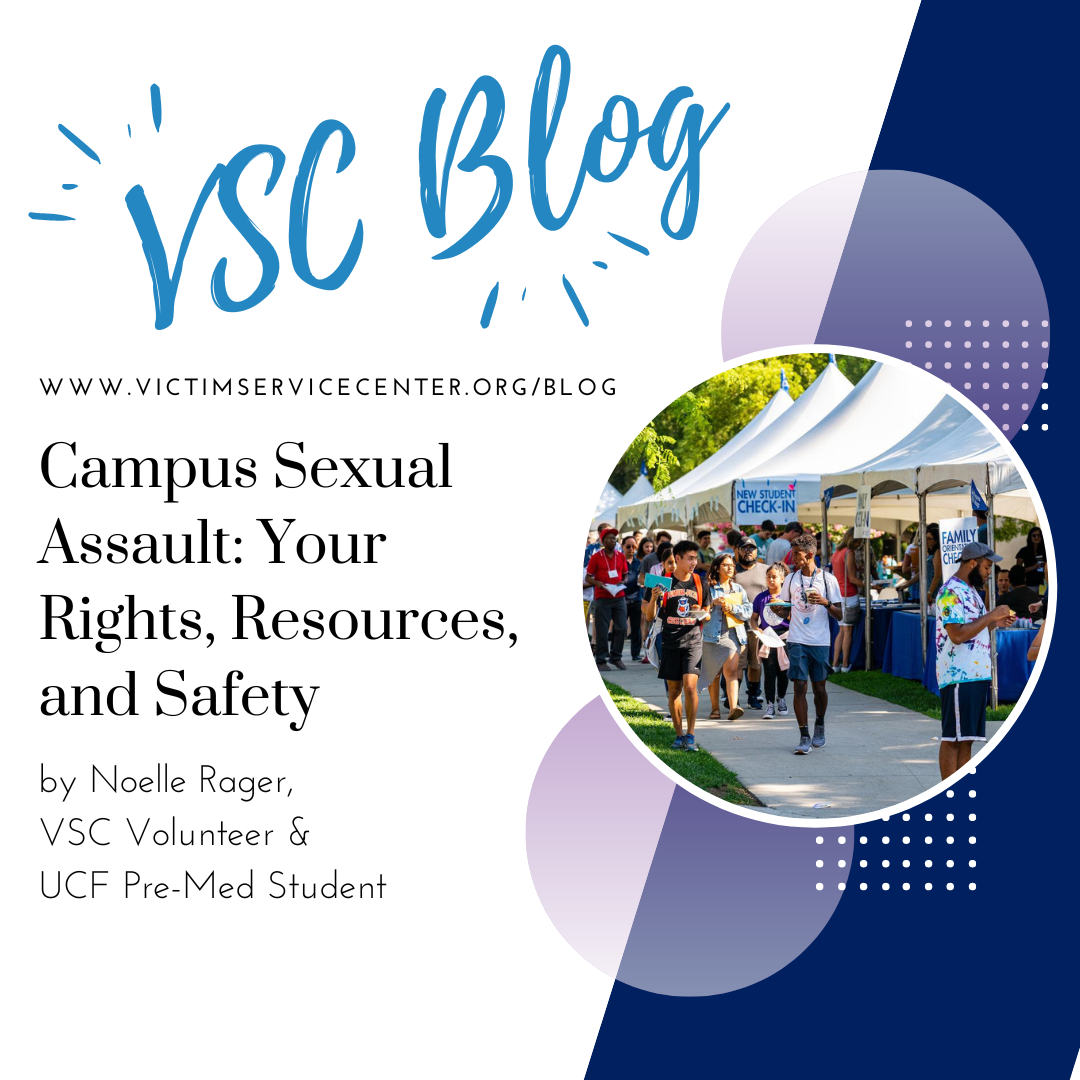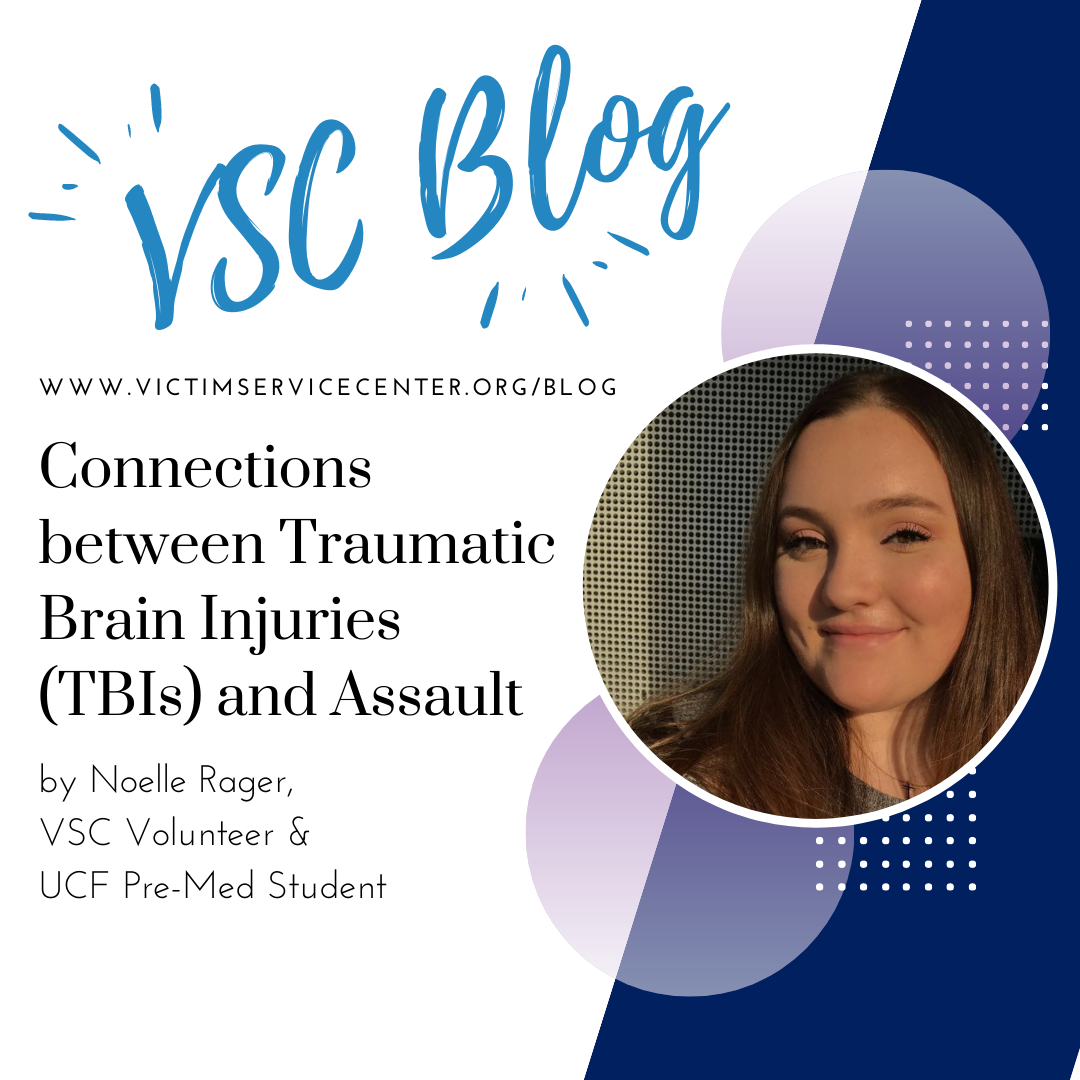
by Jorge Alberto Valladares, professor of psychology at Valencia College and a Rollins College Clinical Mental Health Counseling Graduate Student
As a father of two teenage daughters, the topics of sex and sexual violence remain top-of-mind issues for my family and me. When we think about the dangers that lurk, like many parents, my wife and I take careful steps to keep our family safe from violence – we lock our doors, we communicate and coordinate with other parents when our kids go out, we set a curfew, we chaperone when appropriate, etc. Is it possible, however, that our safety mechanisms are incomplete solutions? Am I truly keeping my daughters safe?
Sexual violence and teen dating violence
The Centers for Disease Control (CDC) defines sexual violence as sexual activity when consent is not obtained or not given freely. This can include kissing, touching, or being forced or coerced into sexual intercourse. The National Intimate Partner and Sexual Violence Survey (NISVS) found that sexual violence during youth is common, and that it is overwhelmingly perpetrated by acquaintances and by current or former intimate partners (Center for Disease Control, 2012). A national 2017 study found that of the nearly 70% of high school students that dated in the previous year, approximately 7% were forced or coerced to engage in sexual acts (e.g. kissing, touching, and sexual intercourse). Essentially, sexual violence occurs at high rates among teens in an intimate relationship. The CDC recognizes teen dating violence as a public health issue with 1 in 7 female teens, and 1 in 19 male teens reporting sexual dating violence in the previous twelve-months. Among victims of intimate partner violence, 20% of women and 14% of men first experienced intimate partner violence before the age of eighteen.
Prevention
To address some of these concerns with my daughters and their friends, I have become active in their conversations about relationships. My objectives have been to model and teach safe and healthy relationship skills and promote respectful, nonviolent dating relationships. I have emphasized this by describing differences between healthy, unhealthy, and abusive behaviors in an intimate relationship. Visit www.victimservicecenter.org/prevention-education to learn more. The CDC has also started a program called Dating Matters, designed to prevent teen dating violence. Visit www.cdc.gov/ violenceprevention/datingmatters to learn more.
Friends, peers and other bystanders can also play a key role in reducing teen dating violence. I want to keep my daughters safe, but I also want them to be aware of their role in keeping their friends and peers safe. An active bystander is someone who has the moral courage to find a way to safely intervene to stop a potentially dangerous situation. An active bystander has the power to send messages about what is acceptable and expected behavior for teens and their friends. To learn more about being an effective bystander, visit http://victimservicecenter.org/bethehero/
Parents, educators and other caregivers play an important role in preventing teen dating violence. Visit www.victimservicecenter.org/prevention-education to protect your teens from sexual violence.

Jorge Alberto Valladares is a professor of psychology at Valencia College and a graduate student at Rollins College.




